Geogrid Prices: What Affects the Cost of Geosynthetic Materials?
To find competitive geogrid prices, it’s important to compare suppliers and consider bulk buying options. Additionally.
Tel: +86-411-39569550 | E-mail: info@geofantex.com/geofantex@gmail.com
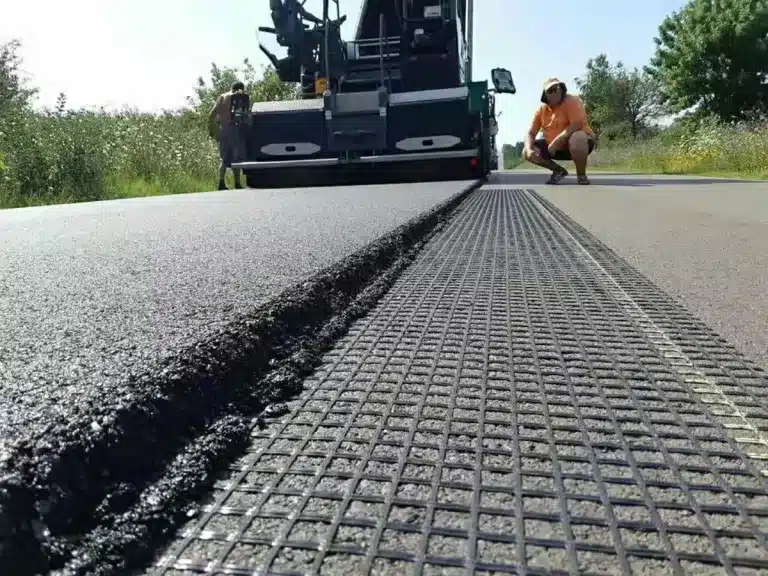
To find competitive geogrid prices, it’s important to compare suppliers and consider bulk buying options. Additionally.

As the industry continues to innovate, geosynthetic manufacturers are playing a vital role in shaping the future of sustainable construction.

Recent industry news highlights the growing use of geosynthetic cementitious composite mat (GCCM) in sustainable infrastructure development.
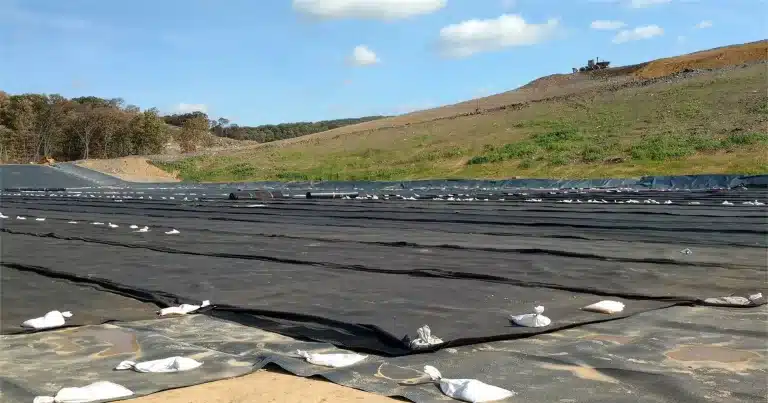
When it comes to creating a durable and long-lasting driveway, geotextile driveway fabric is a highly recommended solution.
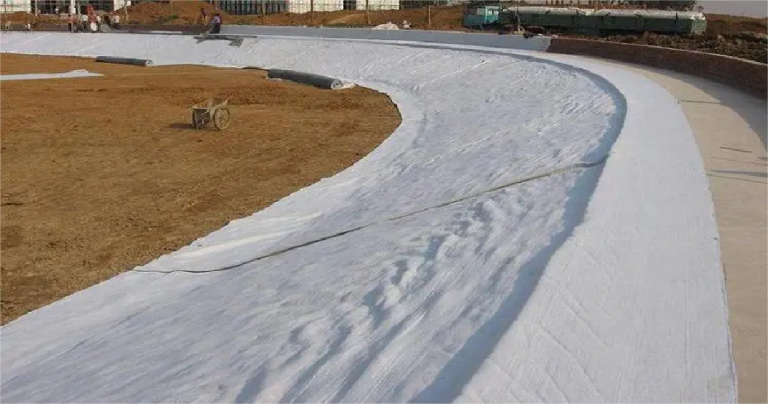
Many types of roadway geotextile fabric are designed to allow water to pass through while keeping soil in place.
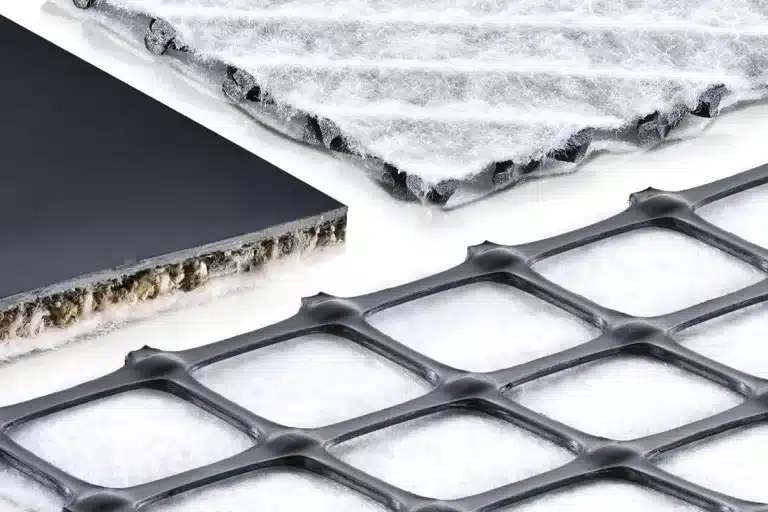
A geocomposite strip drain is a reliable solution designed to manage water efficiently, ensuring long-term stability and performance.
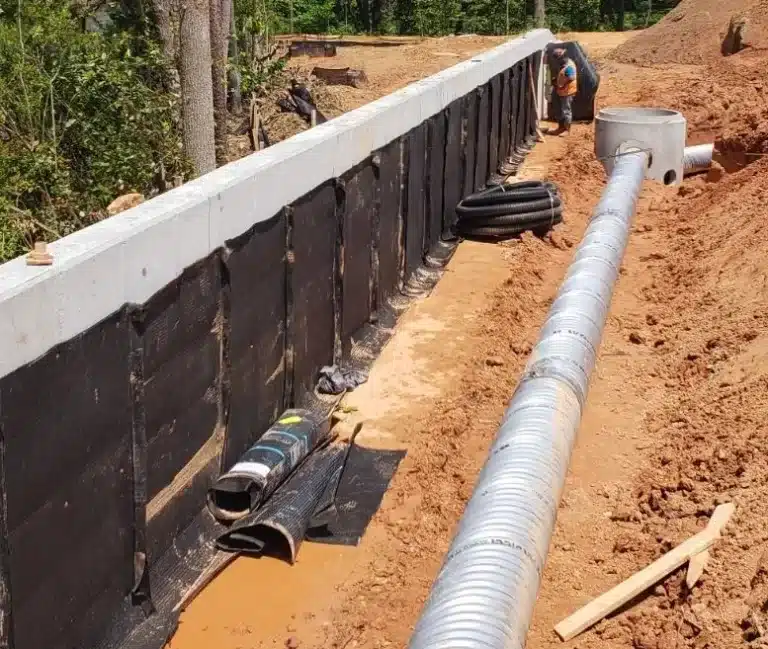
When managing water drainage in construction and environmental projects, a geocomposite drainage net offers an efficient solution.
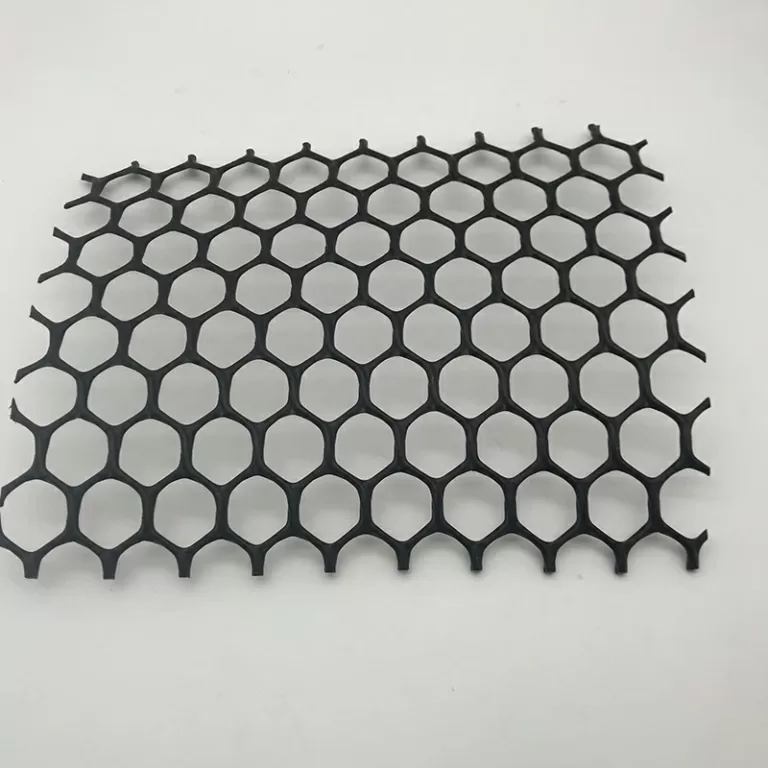
The difference between geogrid and geonet is a fundamental topic in geosynthetics, as both materials serve distinct engineering purposes.

The geonet barrier is an essential component in modern geosynthetics, offering effective drainage, filtration, and erosion control solutions.

One of the most notable applications of geocell for sale is in road construction, particularly in rural or challenging terrains.
End of content
End of content
WhatsApp us